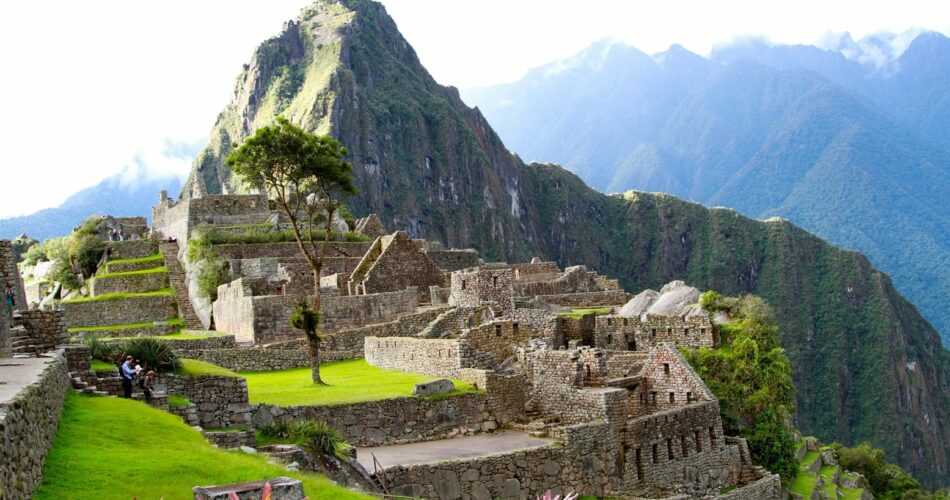There are 1,154 sites on the World Heritage List protected by the United Nations Educational, Scientific and Cultural Organization (UNESCO).
They include some of the most important historical landmarks on the planet, ranging from prehistoric stones to Roman ruins and works of 20th-century architecture. But which are the must-sees for history lovers? To help narrow your options, we’ve picked out 7 of the most spectacular UNESCO locations around the world to add to your bucket list.
The Acropolis, Greece
The best surviving example of ancient Greek architecture and the birthplace of democracy, theatre and freedom of speech, the Acropolis is prime historic real estate. Perched on a plateau overlooking Athens, it had been a key location for centuries before Pericles kick-started the 5th-century BC building programme that created the site we recognise today.
Of its many marvels, the Parthenon temple stands out, enduring wars, fires, earthquakes, sackings, alterations and other events over the last 25 centuries – including a direct hit on an ammunition cache stored there in 1687.

Historic Centre of Rome, Italy
Italy is home to more UNESCO World Heritage Sites than any other country – 58. And of those, the historic centre of Rome has to be the standout.
On one single site, bounded by the city’s 17th-century walls, you have: the Colosseum, the Forums, the Pantheon, Trajan’s Column, the Mausoleum of Hadrian, the Column of Marcus Aurelius and untold other treasures. Non-classical highlights include religious and public buildings belonging to the Vatican, such as the Basilica of Saint Paul Outside the Walls, located – correct – outside the walls and built over the tomb of St Paul.
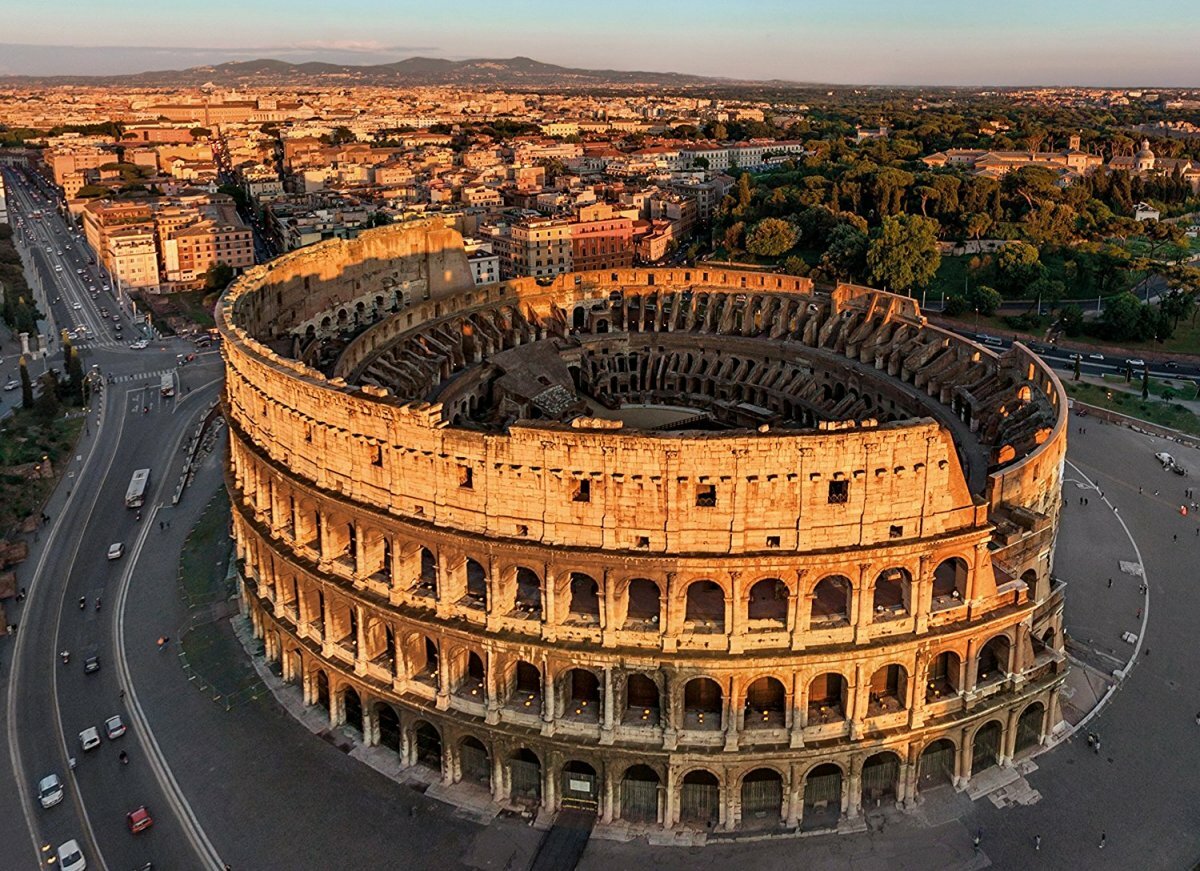
Petra, Jordan
Entering Petra through the winding Siq gorge and emerging before the façade of Al-Khazneh is a big moment for any history lover to savour. This ancient city sandwiched between the Dead and Red Seas was part-built, part-carved out of the red sandstone rock 2,000 years ago by the Nabataean people. Among its architectural marvels are tombs, temples and public buildings bearing a mix of ancient Greek and Eastern influences, not to mention an ingenious water management system that allowed this desert trading hub to flourish.

Memphis and its Necropolis, Egypt
Centred on the remains of the ancient Egyptian capital of Memphis, 12 miles south of Cairo, this extensive site was added to the UNESCO list in 1979. Taking in stunning temples, tombs, palaces, statues and pyramids galore, it houses an embarrassment of archaeological riches, though you have to single out the Great Sphinx, the Pyramid of Djoser – the very first pyramid – and the Great Pyramids of Giza. Built around 2600 BC, the 138.5-metre (454ft) Pyramid of Khufu in Giza was the world’s tallest human-made structure for 3,800 years – until it was surpassed by Lincoln Cathedral in 1311.
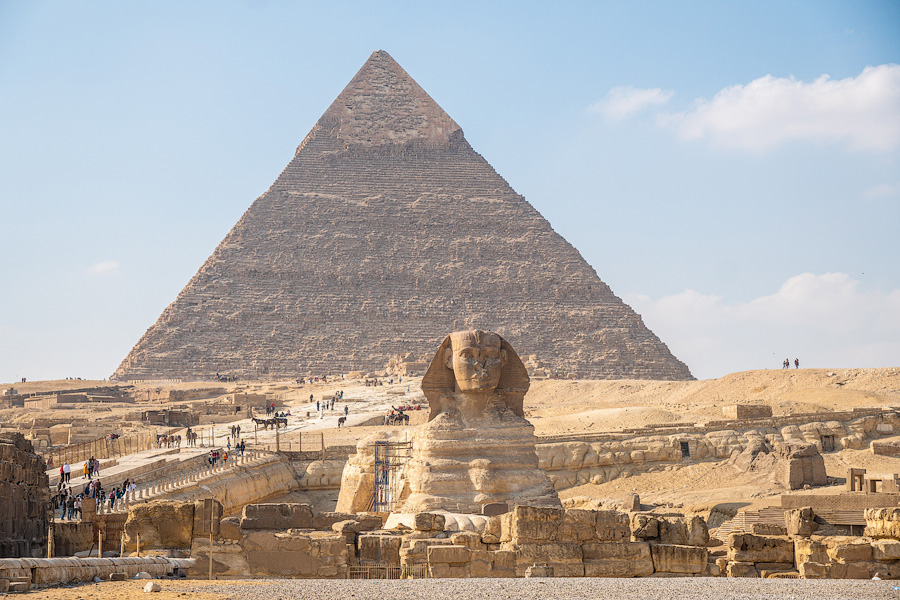
The Great Wall of China
Not so much one Great Wall than a whole series of them – 20,000km (12,000 miles) of fortifications in fact, not all of them connected. Building got underway in the 3rd century BC, when China’s first emperor Qin Shi Huang began joining together various bits of older wall to keep out nomadic invaders from the north.Successive rulers continued adding to his work, creating horse tracks, watchtowers, shelters, barracks and fortresses up to the 17th century. The later sections from the Ming Dynasty (1368–1644) are the best known today.
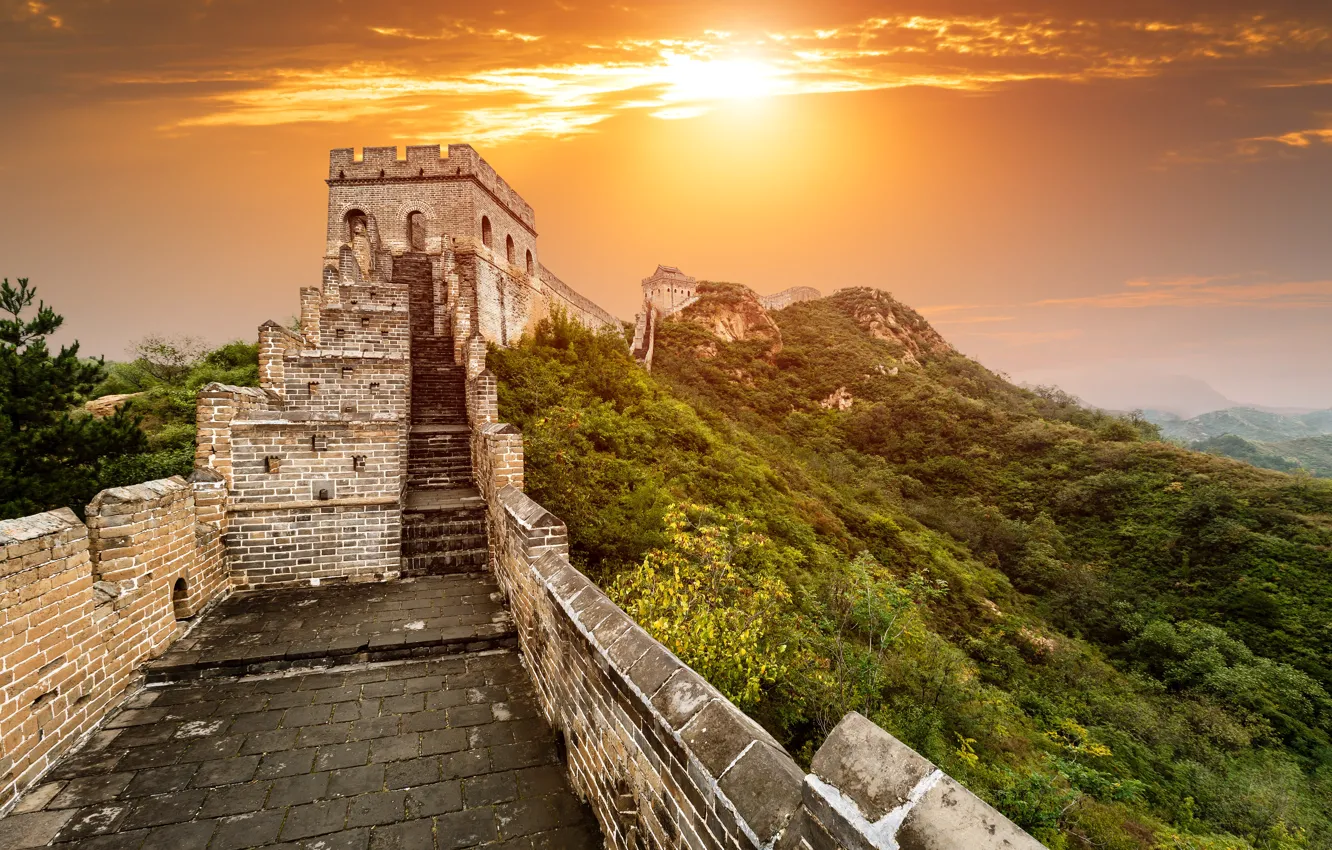
Taj Mahal, India
Between 1631 and 1648, some 20,000 artisans worked on this mausoleum commissioned in Agra by Mughal emperor Shah Jahan for his favourite wife. The surrounding 17 hectares (42 acres) of green parkland and red pathways are beautifully conceived to set off its white marble symmetry. But it’s when you get up close and witness the jaw-dropping array of semi-precious and precious stones in its walls that you really understand the labour involved in creating this high point of Indo-Islamic architecture.
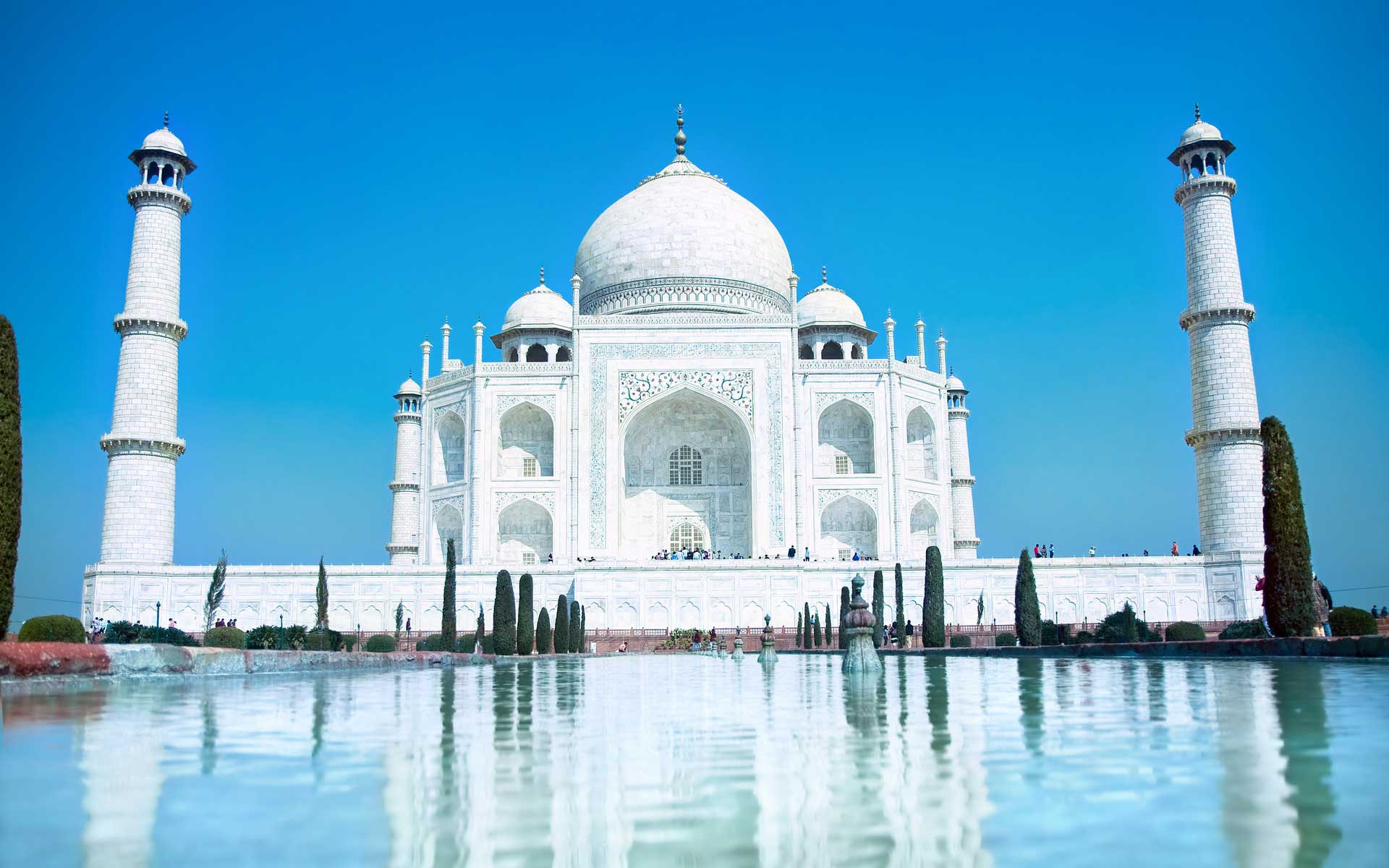
Machu Picchu, Peru
Sat 2,430m up among lush forest in the Andes, the lost city of the Incas only became known to the outside world in 1911. The remote mountaintop citadel’s heyday was bright and brief. Built in the 15th century for emperor Pachacuti, it was abandoned little more than a hundred years later, after the arrival of the Spanish conquistadors. Added to the UNESCO list in 1983, it’s one of the best-preserved pre-Columbian archaeological sites and features 200 buildings, including religious, ceremonial, astronomical and agricultural structures.

